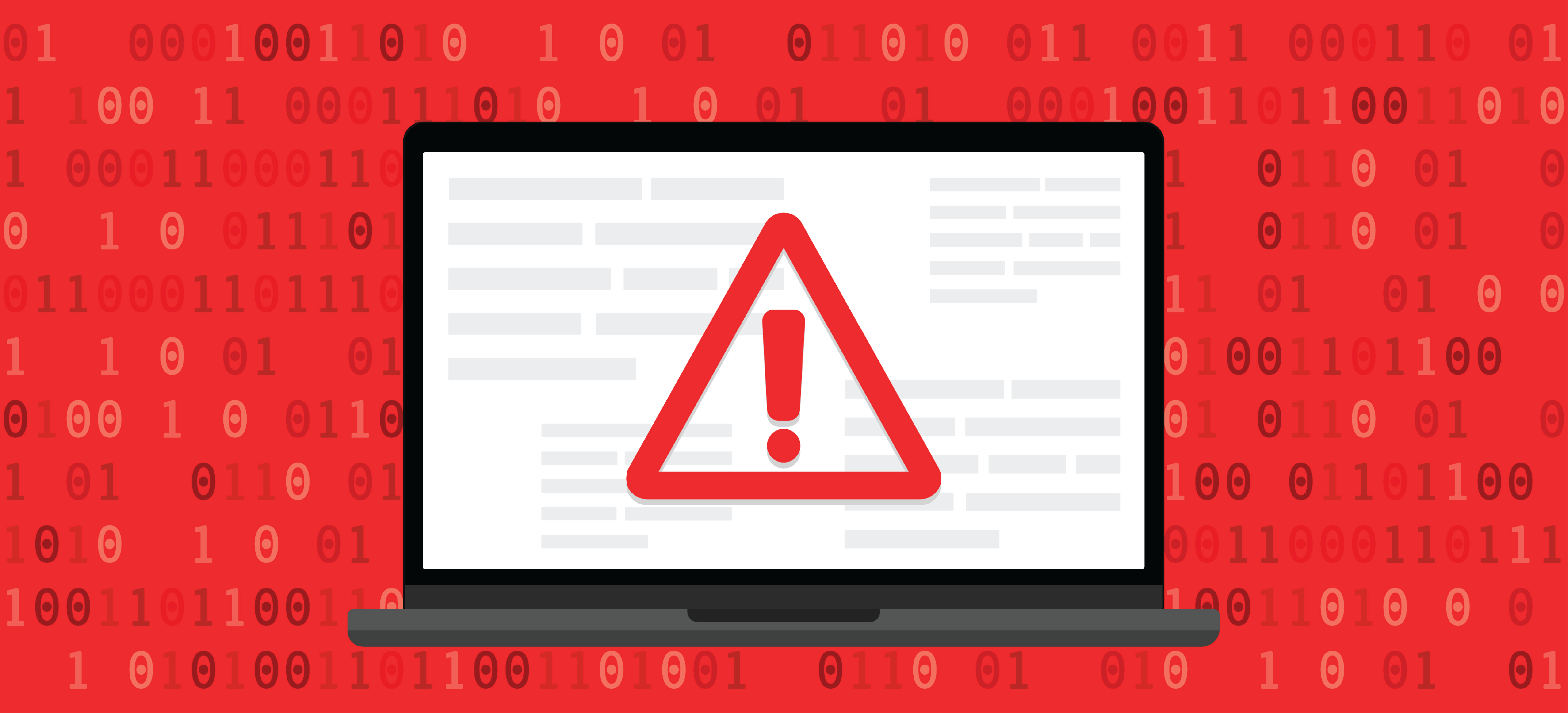William Penn Bank is in the same business today that it has always been, accepting and protecting the deposits of individuals and small businesses within our local communities.
As of December 31, 2023, William Penn Bank’s regulatory capital leverage is more than three times the minimum ratio to be “well capitalized” under regulatory guidelines.
Banking On-The-Go.
With William Penn Bank’s suite of online and mobile solutions, banking from anywhere is now safer, smarter and easier.
William Penn Bank News
Tips to Help Protect You and Your Money.
Learn from the FDIC how you can identify scammers and fight against criminals trying to steal your money and your personal information.
What is Elder Financial Exploitation?
Older adults are a growing target for scams. We provide resources and tools to help you understand and address elder financial exploitation (EFE).
BRT honors William Penn Bank CEO Ken Stephon!
We were proud to help honor our very own Chairman, President & CEO Ken Stephon and Bill Pezza at the Welcome, Friend Gala!









